BAM! Body and Mind
Physical Activity
Physical Activity

 Tracy Stalls doesn't have wings, but she sure looks like she's flying when she jumps up to spike a volleyball from 10 feet in the air! At six feet three inches tall, this 18-year-old from Arvada, Colorado, is pretty hard to miss. She's a Junior Olympic champion volleyball player and the first person ever to join the USA Volleyball National Team Development Program. That means she'll be practicing with the U.S. National Team as they get ready to compete in the 2004 Summer Olympics. If she continues to improve her game, she may earn herself a spot on the Olympic Team!
Tracy Stalls doesn't have wings, but she sure looks like she's flying when she jumps up to spike a volleyball from 10 feet in the air! At six feet three inches tall, this 18-year-old from Arvada, Colorado, is pretty hard to miss. She's a Junior Olympic champion volleyball player and the first person ever to join the USA Volleyball National Team Development Program. That means she'll be practicing with the U.S. National Team as they get ready to compete in the 2004 Summer Olympics. If she continues to improve her game, she may earn herself a spot on the Olympic Team!
Read More!

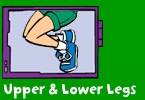
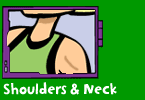
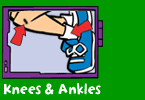
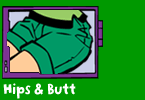
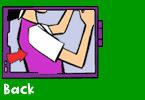
Volleyball was invented by William G. Morgan in 1895. He blended ideas from basketball, baseball, tennis, and handball to create the game, which he originally called "mintonette."
Volleyball became an Olympic sport at the Tokyo games in 1964.
Beach volleyball was added to the Olympics in 1993.
Volleyball became an Olympic sport at the Tokyo games in 1964.
Beach volleyball was added to the Olympics in 1993.
Centers for Disease Control and Prevention, 1600 Clifton Rd, Atlanta, GA 30333, U.S.A
Tel: (404) 639-3311 / Public Inquiries: (404) 639-3534 / (800) 311-3435
Tel: (404) 639-3311 / Public Inquiries: (404) 639-3534 / (800) 311-3435
